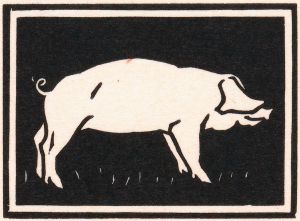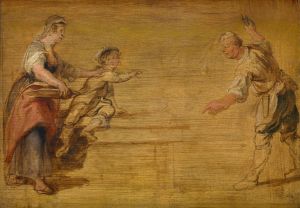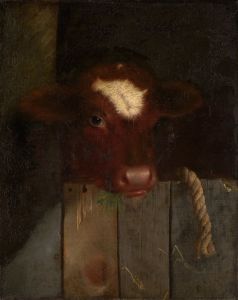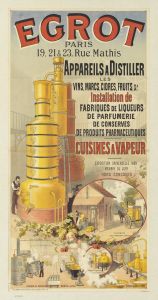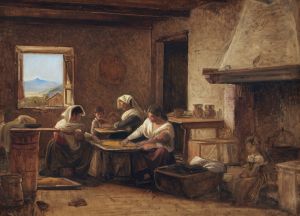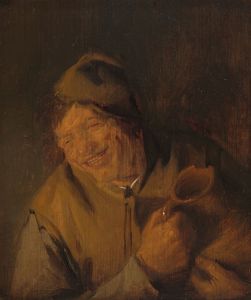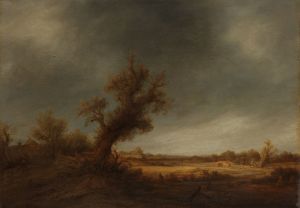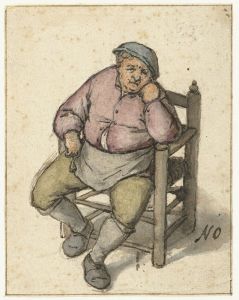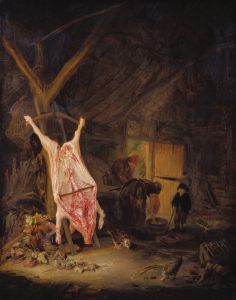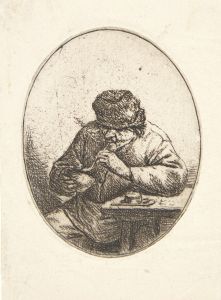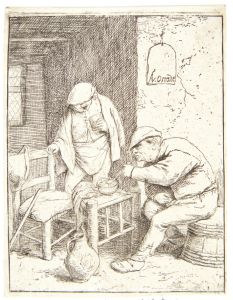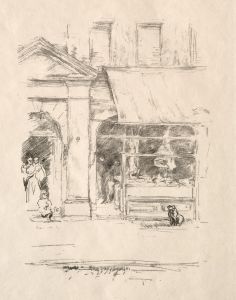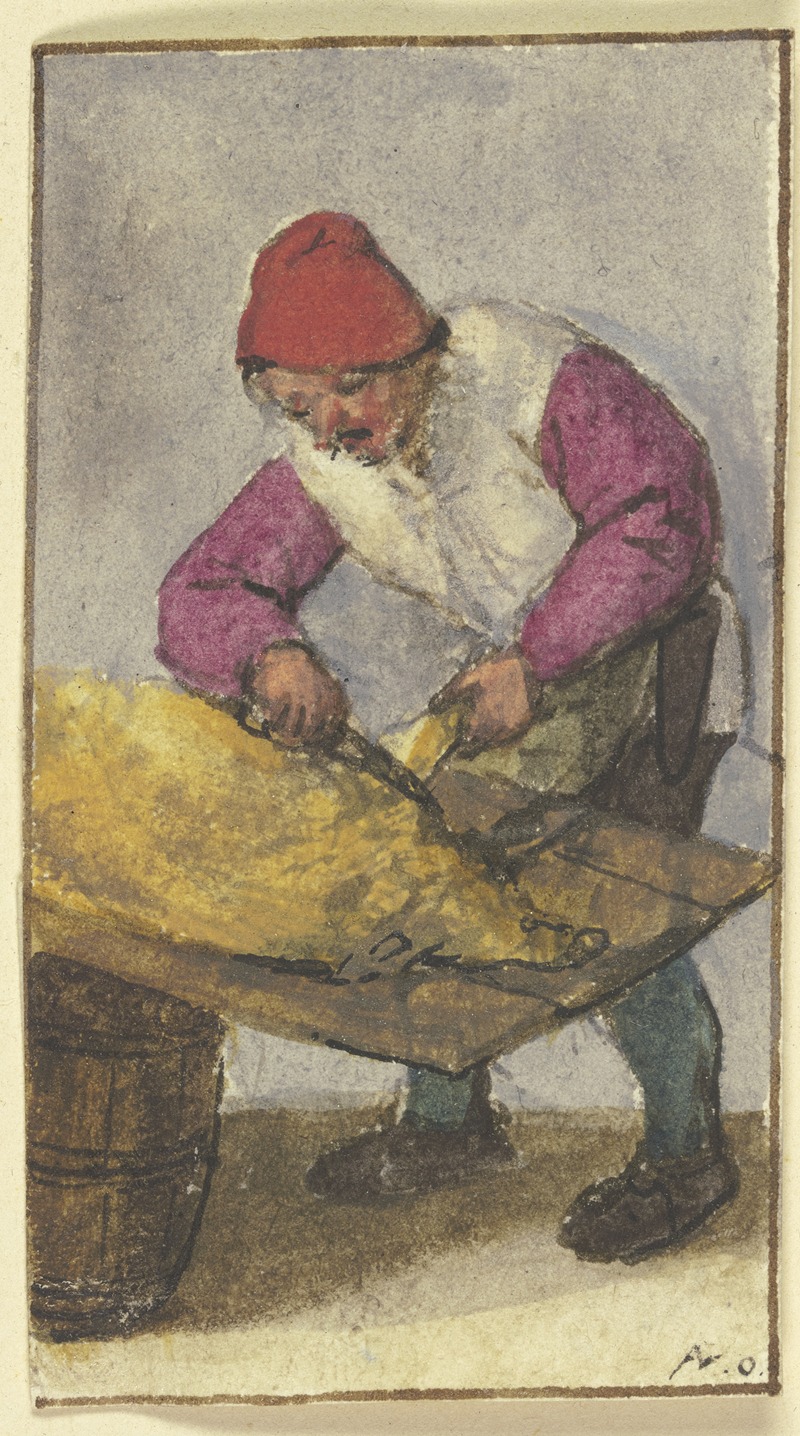
Bauer, nach links gewandt, ein Schwein schlachtend
A hand-painted replica of Adriaen van Ostade’s masterpiece Bauer, nach links gewandt, ein Schwein schlachtend, meticulously crafted by professional artists to capture the true essence of the original. Each piece is created with museum-quality canvas and rare mineral pigments, carefully painted by experienced artists with delicate brushstrokes and rich, layered colors to perfectly recreate the texture of the original artwork. Unlike machine-printed reproductions, this hand-painted version brings the painting to life, infused with the artist’s emotions and skill in every stroke. Whether for personal collection or home decoration, it instantly elevates the artistic atmosphere of any space.
Adriaen van Ostade, a prominent Dutch Golden Age painter, is known for his genre scenes that depict the everyday lives of peasants with a keen eye for detail and a touch of humor. One of his works, titled Bauer, nach links gewandt, ein Schwein schlachtend (translated as Peasant, Turned to the Left, Slaughtering a Pig), exemplifies his focus on rural life and his ability to capture the mundane yet significant moments of 17th-century peasant culture.
This painting portrays a peasant engaged in the act of slaughtering a pig, a common and essential activity in rural communities of the time. The scene is rendered with Ostade's characteristic attention to detail, showcasing his skill in depicting textures, light, and the earthy atmosphere of his subjects' surroundings. The composition focuses on the figure of the peasant, turned slightly to the left, as he performs the task, emphasizing the physicality of the moment. The pig, central to the scene, is depicted with a naturalistic approach, reflecting Ostade's interest in realism and his ability to convey the weight and texture of the animal.
Ostade's works often include a sense of narrative, and this painting is no exception. The act of pig slaughtering was not only a practical necessity but also a communal event in rural life, often accompanied by rituals and shared labor. While the painting does not explicitly depict a broader social context, it hints at the cultural significance of such activities in the lives of 17th-century peasants.
Adriaen van Ostade was a student of Frans Hals and was heavily influenced by the works of Pieter Bruegel the Elder. His paintings are characterized by their warm color palette, dynamic compositions, and a blend of realism and caricature. Ostade's ability to capture the essence of peasant life made him one of the most celebrated genre painters of his time.
The exact date of creation for Bauer, nach links gewandt, ein Schwein schlachtend is not documented, but it aligns stylistically with Ostade's mature period, during which he produced numerous works depicting rural and domestic scenes. The painting is an example of his smaller-scale works, which were highly sought after by collectors during his lifetime and beyond.
As with many of Ostade's works, the painting reflects the social and economic realities of the Dutch Golden Age, a period marked by prosperity, cultural flourishing, and an interest in depicting everyday life. The artwork serves as both a historical document and a testament to Ostade's artistic skill, offering viewers a glimpse into the world of 17th-century rural Netherlands.





